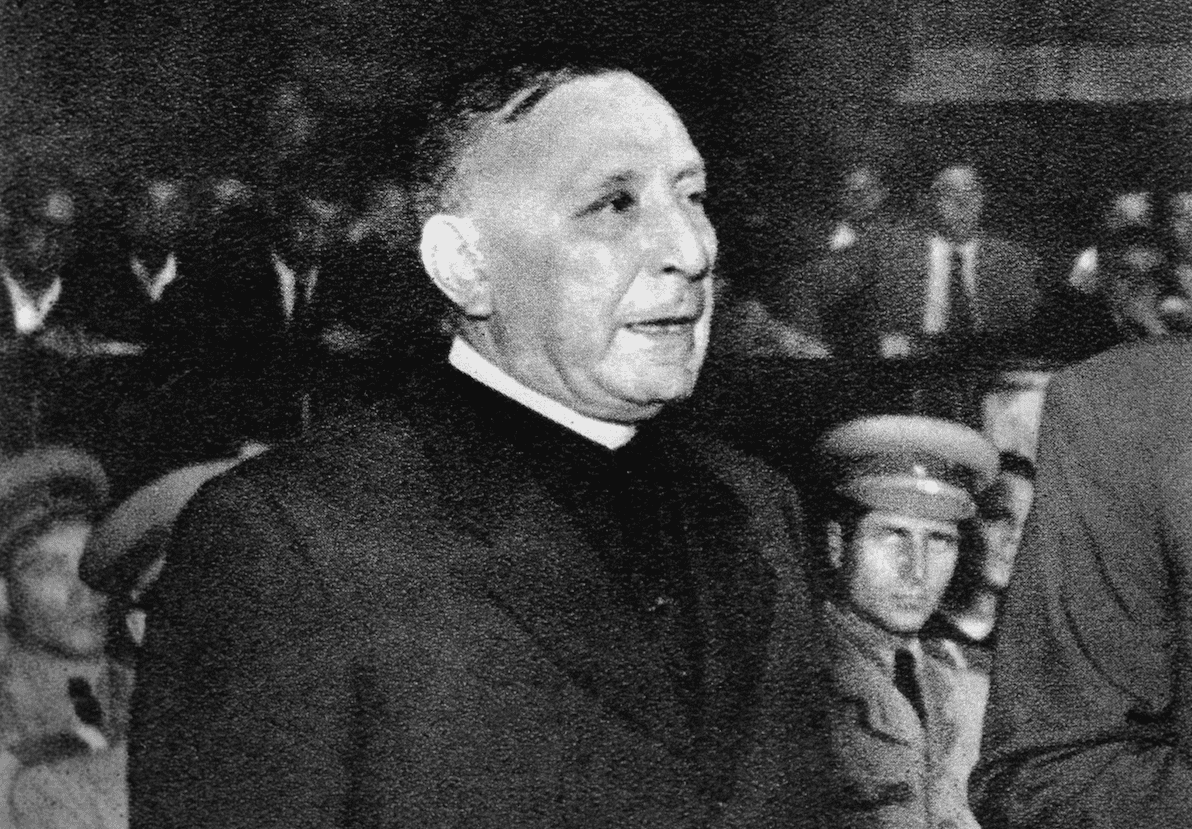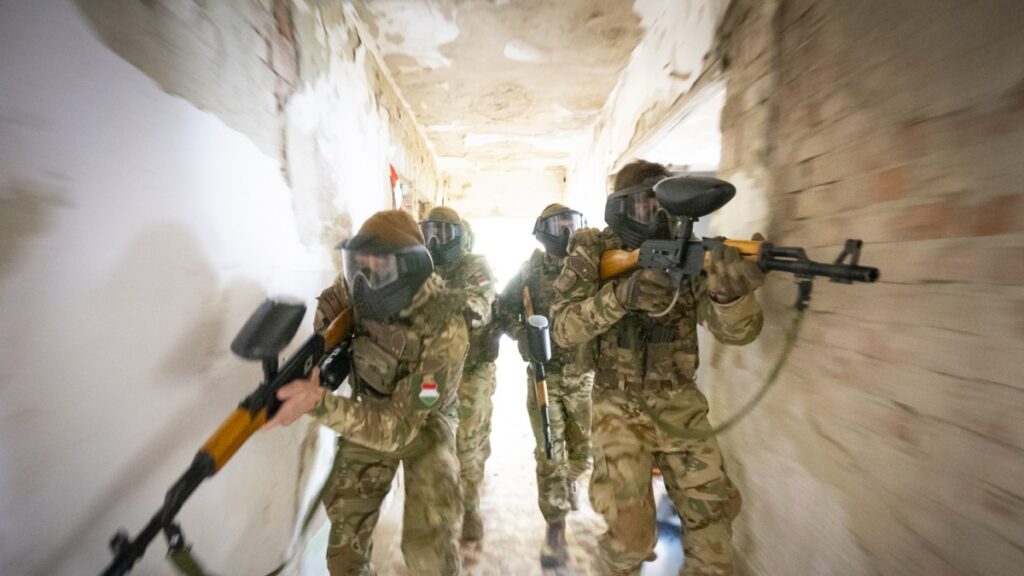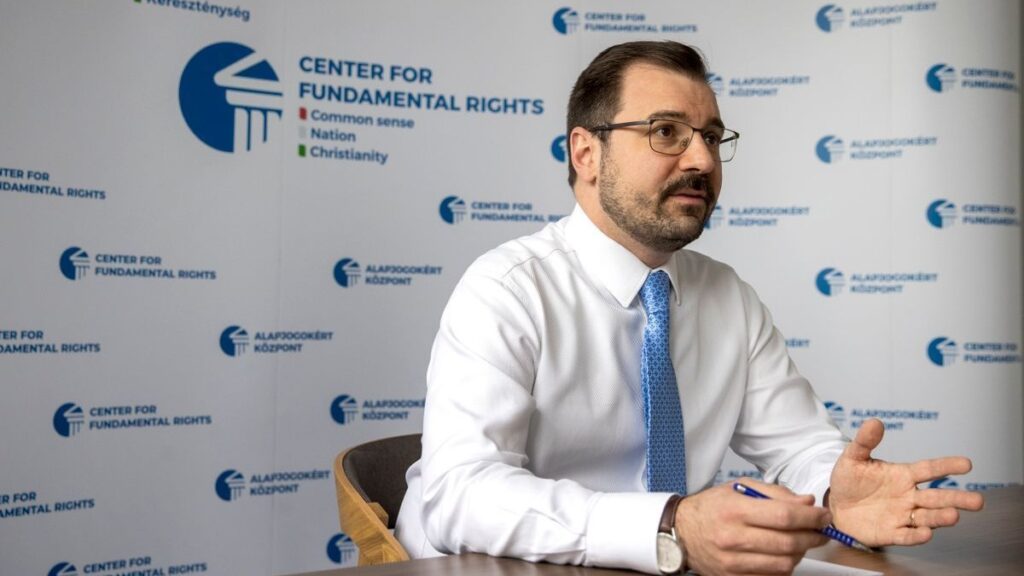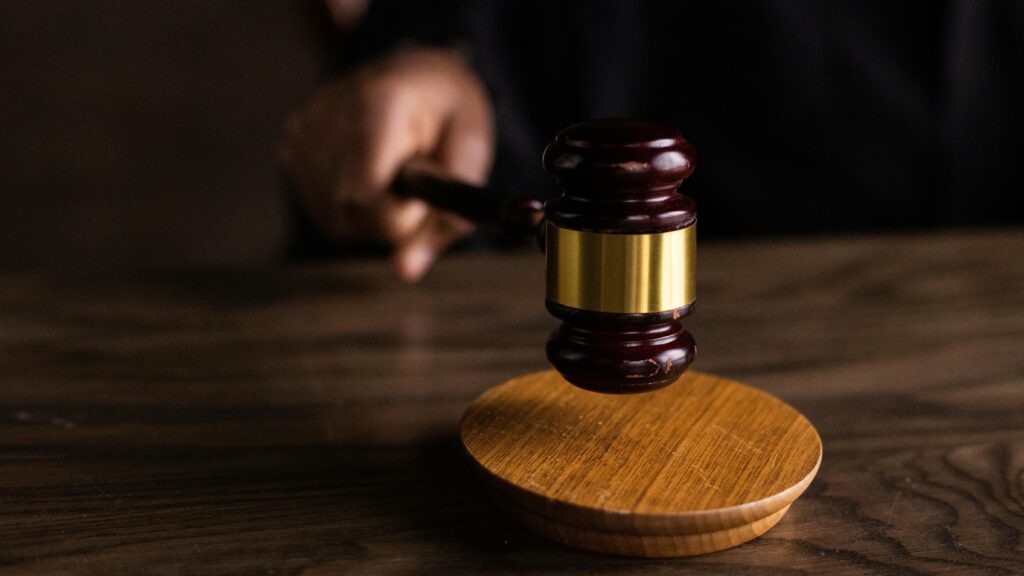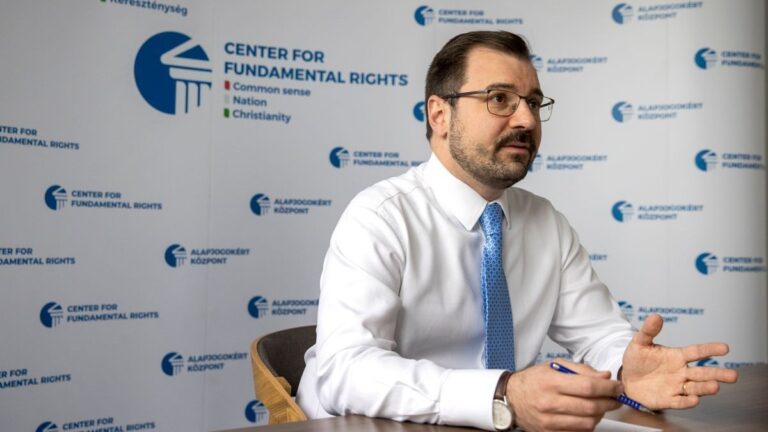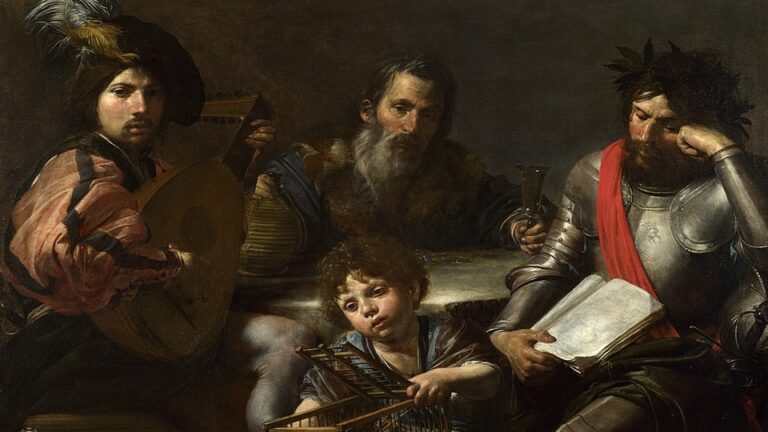The infamous Grősz trial in Hungary, during which the Hungarian Communists staged a show trial against Catholic Archbishop József Grősz and his associates, took place between 22 and 28 June 1951. On 31 July, the National Council of People’s Courts approved the 15-year prison sentence handed down to the Archbishop, of which he served ‘only’ five years. He was pardoned in 1956 and allowed to return to his position as the Kalocsa archbishop of Hungary.[i]
During the great show trials of the late 1940s and 1950s, the Communists were fond of holding small ‘side trials’, which provided ample opportunity to extract and collect further compromising data and testimonies against the primary targets, as well as to conduct silent showdowns and to set the course for later trials. This is how the Grősz trial led to the conviction of nearly 50 more people, including the arrest and imprisonment of well-known Hungarian monarchists. Among them were Hugó Payr, aged 63, and István Friedrich (Prime Minister of Hungary from 7 August to 24 November 1919), aged 68.
The entire case started with the accusation that one parish priest, Ferenc Vezér allegedly murdered certain Soviet soldiers (who, at the time, were occupying Hungary). The accusations were then expanded:
Grősz was accused of building a chapel in Soltvadkert with the sole intent to hide the murderous Vezér there.
The Communists somehow managed to force two priests to support this theory with their testimonies. The case was then connected to the plan of a supposed ‘legitimist’ (pro-Habsburg) insurrection, centred around the railway workers of the Józsefváros railway station in Budapest.
Along with the priests and the railway workers, the Communists arrested a number of conservative lawyers and ex-politicians as well (among them Payr and Friedrich). These men were accused of having paid visits to the US embassy and of collecting weapons. The ‘weapons’ in reality were the old family heirlooms collected by an exiled Polish noble family—rusty swords and spears at best. Friedrich came into the picture because of his high role in the 1919 counter-revolution: he was one of the few politicians who were still alive from the right-wing heydays of anti-Communism.
The initial concept had Friedrich supporting Grősz’s attempts to become regent (homo regius) of Hungary, but Friedrich aptly pointed out during his interrogation that only the Archbishop of Esztergom could hold such a title, the Archbishop of Kalocsa could not. This was, legally speaking, true, and so Communists had to separate the Friedrich-trial from the Grősz one and only included the allegation that Grősz was ‘planning’ to meet with Friedrich, once either of the two groups overthrew the ruling Communist party.
Payr was forced to admit that Friedrich was hoping for a ‘third world war’ and thus the occupation of Hungary by American and Yugoslav armed forces. They were planning to re-establish the social system of the Horthy-period, when ‘factory owners and big landowners beat workers and peasants’—one newspaper summarized. They also admitted to seeking support from the Catholic bishop of New York, Francis Spellman.
The press closely followed the entire show trial.
Articles appeared with the following titles: ‘Under the weight of evidence, the conspiring Grősz and his lackeys admitted their guilt’, ‘Grősz’s secret talks with Mindszenty about American armed intervention’, ‘conspiring priests, aristocrats, police spies, and a Horthy general on the Grősz list for a government’.[ii]
The interrogation records of Grősz reveal that the Communists also tried to connect the case with that of Cardinal József Mindszenty, namely that Grősz supposedly received the orders for supporting the monarchist insurrection from the Cardinal. This was not explored later in the trial—perhaps even the Communists themselves realized that this was simply too much. To be fair, this was already an ‘upgraded’ version of the accusation: the first drafts seem to reveal that they originally alleged that Vezér—a mere parish priest—had ordered Grősz to take over the country. Someone must have realized that a parish priest could not order an archbishop to do anything—hence the Mindszenty chapter.
The entire case was, of course, a fabrication.
The interrogation procedures were all orchestrated, drafts had been prepared with not only the questions, but also the answers they were hoping to receive or force out of the accused and the witnesses.[iii] Grősz was later forced to join Opus Pacis, the ‘peace movement’ of the Communist state. Payr, on the other hand, represented a monarchist programme during the revolution of 1956. As far as Friedrich is concerned, he spent a few months in the Vác prison, and then died of old age.
All the sentences handed down in the case were annulled after the system change in 1990.
[i] For the details of the trial cited here see: Ottó Jámbor, ‘A Grősz-per. Ártatlanul elítélve,’ Magyar Nemzet, 5 Aug. 1989, p. 10, and BFL (Budapest City Archives) – XXV.60.e – 001220 –x 1951
[ii] See for example Szabad Nép, 23 June 1951. 3.
[iii] https://library.hungaricana.hu/en/view/BFLV_Pa_03_Grosz/?query=%22friedrich%22%20%22payr%22&pg=358&layout=s

